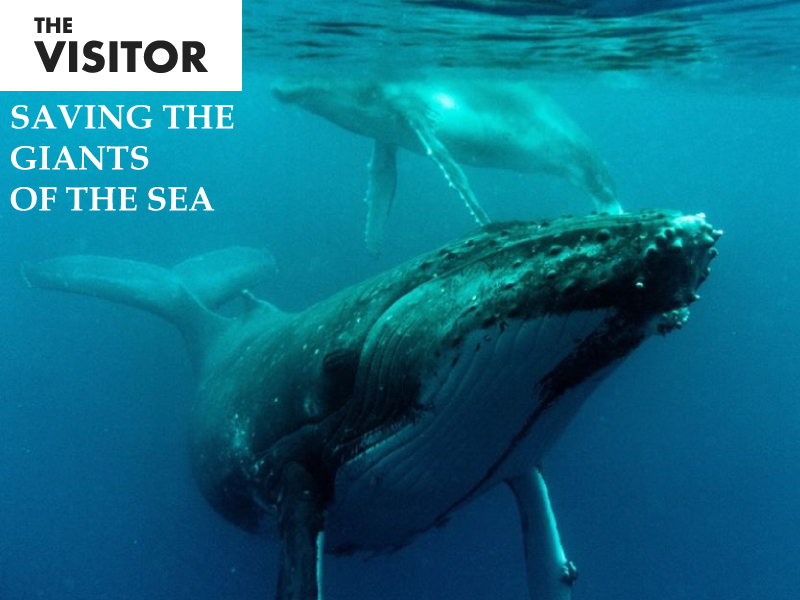
Source: The Visitor (Vol. 20#22)
Four traffic separation schemes (TSS) will be implemented to regulate the commercial ships that enter and exit the Panama Canal and the country’s ports. The new routes will minimize a coincidence between the inter-oceanic way and the humpback whales’ migration routes. The initiative was approved unanimously last week at the International Maritime Organization (IMO) in London.
The TSSs will also reduce the speed of the vessels four months each year during the whales’ high season hibernation period. The decision was made based on the studies of the Smithsonian marine ecologist, Hector Guzman.
TSS is a traffic-management route-system ruled by the International Maritime Organization (IMO). The traffic-lanes (or clearways) indicate the general direction of the ships in that zone; ships navigating within a TSS all sail in the same direction or they cross the lane at an angle as close to 90 degrees as possible. They are used to regulate the traffic at busy, confined waterways or around capes.
According to the study, several species of cetaceans move through the tropical waters near the Pacific entrance of the Canal in the Gulf of Panama. Guzman and his colleagues discovered that it is an important breeding area for the humpback whales in the Southern Hemisphere.
Panama is a leader of world commerce and an important custodian of an exceptional marine biodiversity. Around 17,000 merchant ships sail through the Gulf of Panama every year and it is expected that number will increase significantly once the construction of the new locks are finished allowing the transit of the bigger “Post-Panamax” vessels to enter the Canal’s ports.
Guzmán estimates that the new policy will reduce the potential collision areas between ships and whales by 93% while the interactions between vessels and whales will decrease by 95% in the Gulf of Panama.
In the Pacific, it is expected that a series of three TSSs will significantly diminish the potential collisions of ships with artisanal fishing vessels and reduce accidents that could provoke contamination that can affect the country’s seven protected marine areas, wildlife sanctuaries, a UNESCO World Heritage site and the RAMSAR convention for protected wetlands.
Panama has six months to implement the TSSs and the shipping industry has six months to comply with them.